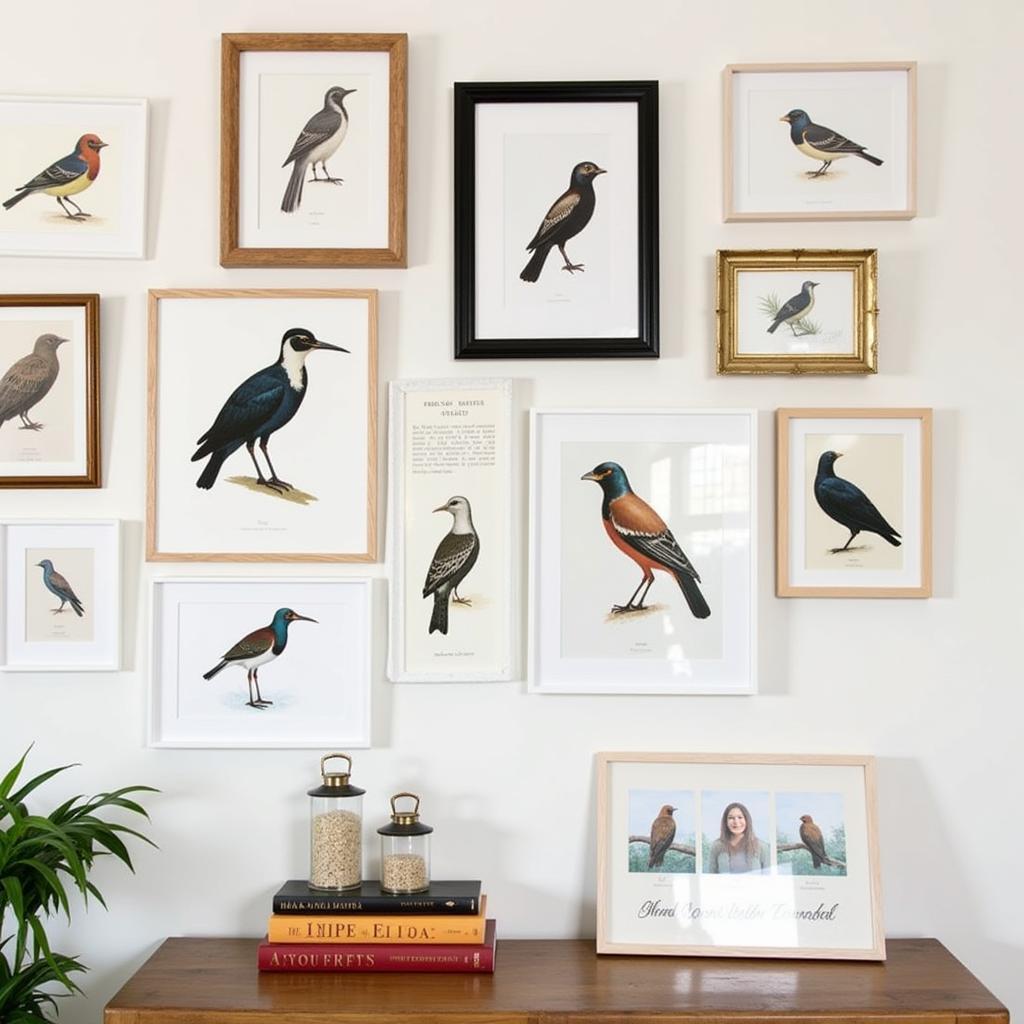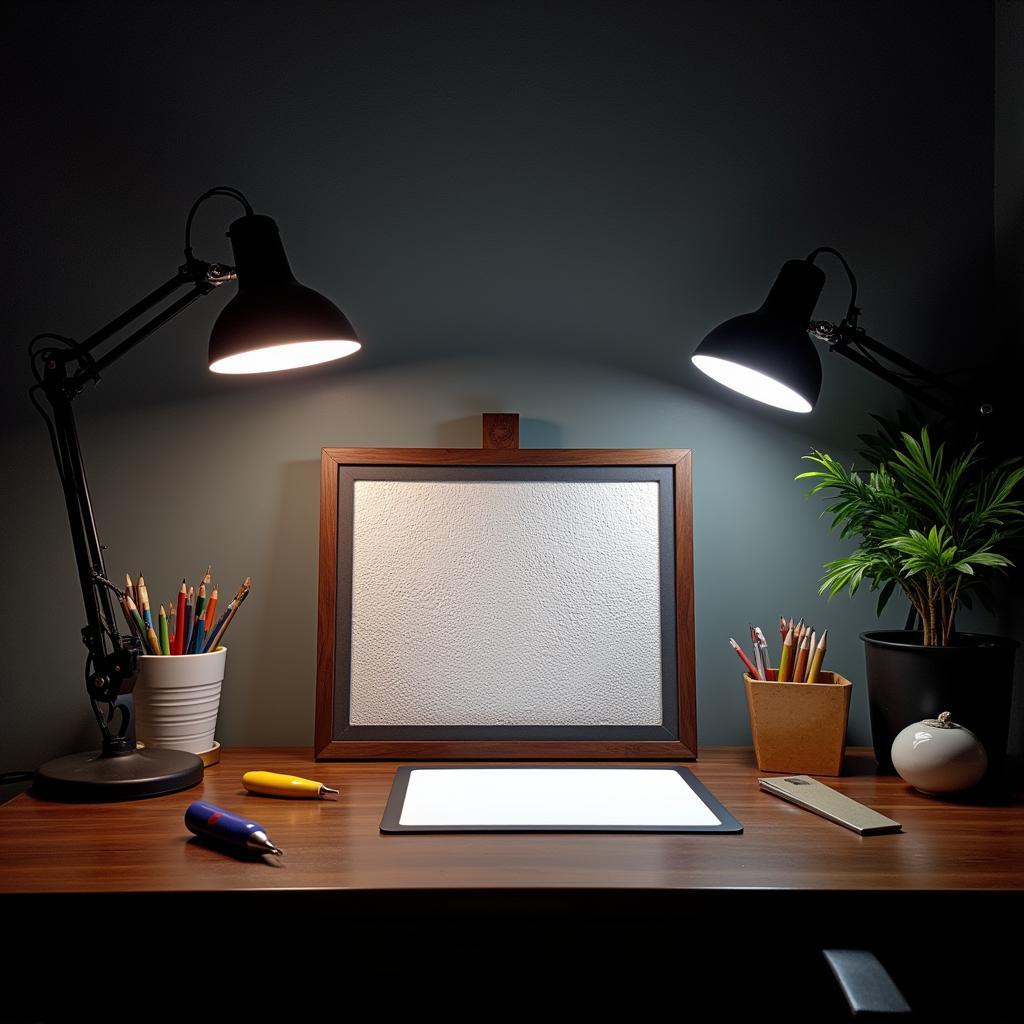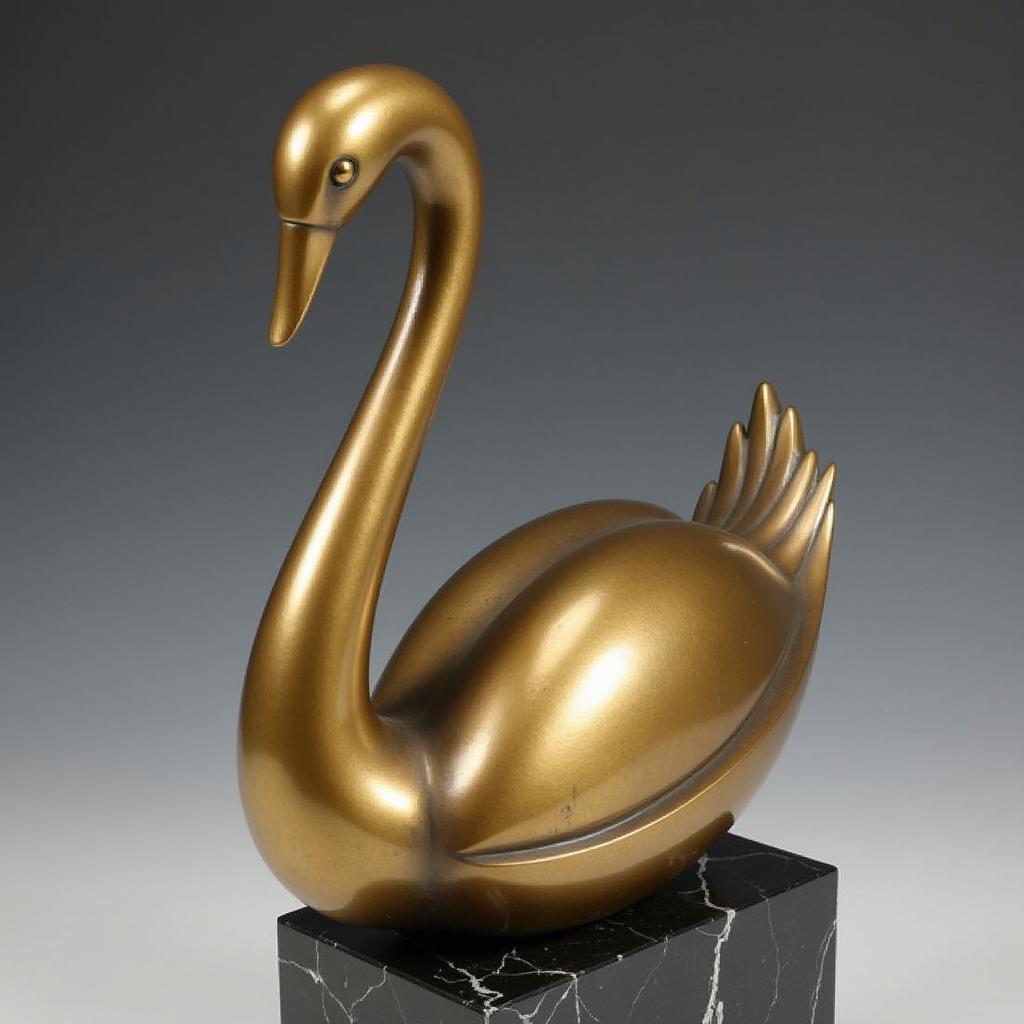The Ultimate Guide to Art Drawing Pads: Finding Your Perfect Creative Companion
Choosing the right art drawing pad is crucial for any artist, from budding beginners to seasoned professionals. It’s the foundation upon which your creative visions come to life, influencing the flow of your lines, the vibrancy of your colors, and the overall feel of your artwork. With countless options available, navigating the world of Art Drawing Pads can feel overwhelming. This guide will equip you with the essential knowledge to confidently select the ideal pad for your specific artistic needs and aspirations.
Understanding Your Artistic Needs
Before diving into the world of art drawing pads, it’s essential to reflect on your own artistic practice and preferences.
- What drawing mediums do you primarily use? Pencils, charcoal, pastels, markers, and inks each interact differently with various paper surfaces.
- What subjects do you enjoy drawing? Detailed portraits, sweeping landscapes, or quick sketches may demand different pad sizes and formats.
- What is your budget? Art drawing pads come in a wide range of prices, so it’s helpful to set a budget beforehand.
Key Considerations When Choosing Art Drawing Pads
Now that you’ve considered your artistic style, let’s delve into the key factors to consider when choosing the perfect art drawing pad.
1. Paper Weight
Paper weight is measured in grams per square meter (gsm) and directly impacts the paper’s durability.
- Lightweight paper (60-80 gsm) is ideal for quick sketches and practice work. However, it’s prone to tearing and bleeding with heavier mediums.
- Medium-weight paper (90-120 gsm) offers a good balance of durability and affordability, suitable for a wide range of dry media.
- Heavyweight paper (150 gsm and above) is perfect for detailed work and can withstand multiple erasures and layering without buckling. It’s also an excellent choice for wet media like light washes of ink or watercolor.
2. Paper Texture
Paper texture significantly affects the appearance of your drawings.
- Smooth paper provides a consistent surface that allows for fine details and smooth blending. It’s ideal for pen and ink drawings, precise illustrations, and realistic renderings.
- Medium-textured paper (also known as cold-pressed paper) offers a balance between smoothness and tooth, making it versatile for various drawing media.
- Rough paper (also known as hot-pressed paper) has a prominent tooth that creates a grainy texture in your drawings. It’s perfect for achieving expressive lines and textures, especially with charcoal, pastels, and soft pencils.
3. Pad Size and Format
Art drawing pads come in a variety of sizes and formats to suit different needs and preferences.
- Pocket-sized pads are perfect for on-the-go sketching and journaling.
- Standard sizes (A4, A3) offer a versatile option for both studio work and sketching sessions.
- Large-format pads are ideal for creating impactful artworks and working on large-scale projects.
Consider whether you prefer a spiral-bound pad, glue-bound pad, or loose sheets. Spiral-bound pads allow for easy page turning, while glue-bound pads offer a more polished presentation.
Exploring Different Types of Art Drawing Pads
With a solid understanding of paper weight, texture, and format, let’s explore the various types of art drawing pads available:
- Sketchbooks: Perfect for everyday sketching, journaling, and brainstorming ideas. They come in various sizes, bindings, and paper types.
- Drawing Pads: Designed specifically for dry media, drawing pads typically feature higher quality paper than sketchbooks, making them suitable for finished artworks.
- Mixed Media Pads: As the name suggests, these pads are designed for use with a variety of both wet and dry media. They usually feature heavier paper that can withstand light washes without buckling.
- Illustration Boards: These rigid boards provide a sturdy surface ideal for detailed illustrations, pen and ink work, and mixed media projects.
Professional Insights on Choosing Art Drawing Pads
Renowned illustrator and art educator, Emily Carter, emphasizes the importance of experimentation: “Don’t be afraid to try different art drawing pads and paper types. What works best for one artist may not be ideal for another. It’s all about finding what feels most natural and inspiring for your creative process.”
Maintaining Your Art Drawing Pads
To ensure the longevity of your art drawing pads, store them flat in a cool, dry place. Protect them from dust, moisture, and direct sunlight.
Conclusion
Choosing the right art drawing pad is an investment in your artistic journey. By understanding the key considerations and exploring the diverse options available, you can confidently select the perfect pad to unleash your creativity. Remember, the best art drawing pad is the one that inspires you to create your best work.
FAQs
1. Can I use markers on any art drawing pad?
While some markers are designed for use on a variety of surfaces, it’s crucial to choose a pad that can handle the ink without excessive bleeding or feathering. Look for pads specifically labeled as “marker friendly” or opt for heavier paper weights.
2. What is the difference between a sketchbook and a drawing pad?
Sketchbooks are generally considered more informal and are often used for quick sketches, journaling, and brainstorming. Drawing pads, on the other hand, typically feature higher quality paper and are better suited for finished artworks.
3. How do I prevent my drawings from smudging?
To prevent smudging, consider using fixative spray, which creates a protective layer over your artwork. Additionally, placing a sheet of tracing paper between the pages of your drawing pad can help minimize smudging.
4. Can I use watercolor paints on a mixed media pad?
While mixed media pads are designed to handle light washes of watercolor, they may not be suitable for heavy watercolor applications. If you primarily work with watercolor, it’s best to opt for dedicated watercolor paper or blocks.
5. Where can I find high-quality art drawing pads?
High-quality art drawing pads can be found at art supply stores, online retailers, and some stationery stores. If you’re looking for professional-grade materials, check out our recommendations for professional art materials.
6. What are some creative ways to use old art drawing pads?
Don’t discard your old art drawing pads! Repurpose them into unique notebooks, create handmade greeting cards, or use them for practicing calligraphy or lettering.
7. How do I choose the right size art drawing pad for my needs?
Consider your typical subject matter, the level of detail you prefer, and whether you’ll be transporting your pad frequently. Smaller pads are great for portability, while larger pads offer more space for expansive compositions.
For those interested in exploring art further, our articles on kids art books and art tools for painting provide valuable insights and inspiration.
If you need assistance with selecting the right art drawing pad or have any other questions, please don’t hesitate to contact us. Our team is available 24/7 to provide support. You can reach us at 02462573573, email us at danteum@gmail.com, or visit us at Savico Megamall, 7-9 Đ. Nguyễn Văn Linh, Gia Thụy, Long Biên, Hà Nội 10000, Việt Nam.
We also encourage you to explore our other helpful resources on art storage cabinet with drawers and art supply storage containers to enhance your artistic journey.




